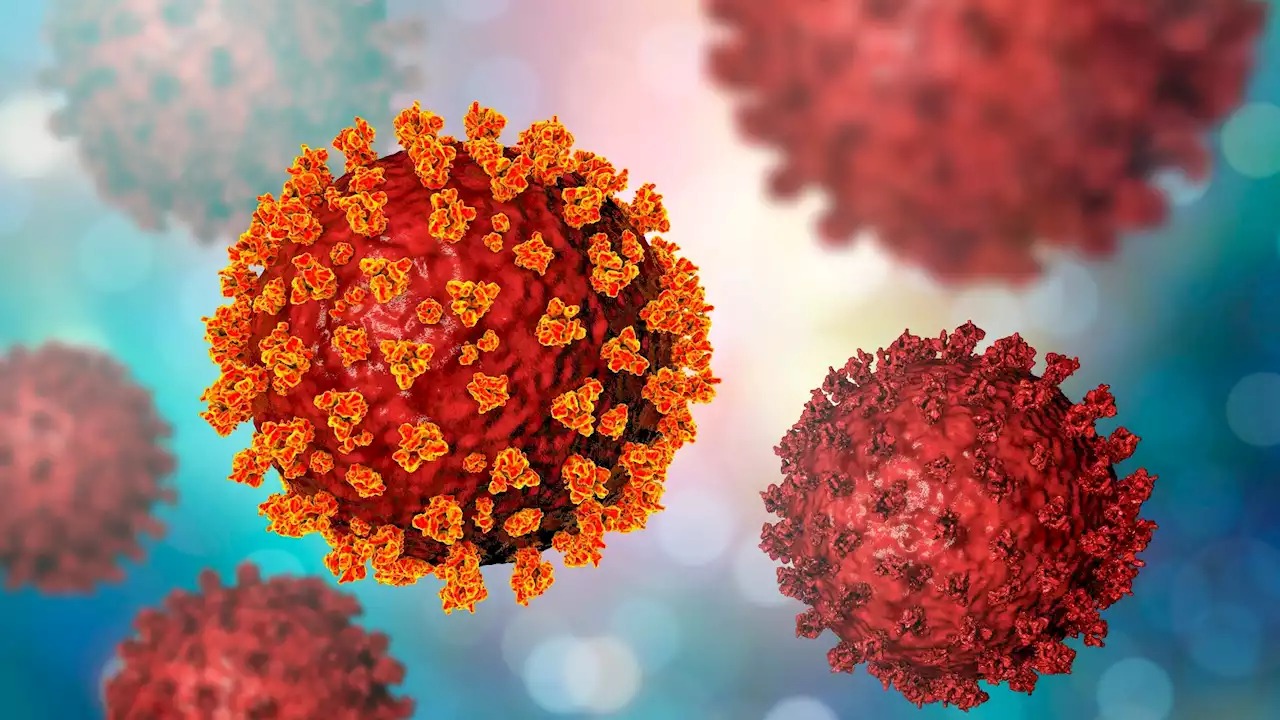Researchers used a SARS-CoV-2 spike protein-pseudotyped viral model to characterize BA.2.86 variant neutralization by monoclonal antibodies.
By Pooja Toshniwal PahariaSep 6 2023Reviewed by Sophia Coveney In a recent study posted to the bioRxiv* preprint server, researchers used a severe acute respiratory syndrome coronavirus 2 spike protein-pseudotyped viral model to characterize SARS-CoV-2 BA.2.86 variant neutralization by monoclonal antibodies and by sera obtained from Stockholm, inclusive of a recent group, and another group sampled before the XBB variant emerged in Sweden.
The development of the BA.2.86 variant is similar to the emergence of the SARS-CoV-2 Omicron BA.13 variant, with more than 30 amino acid substitutions within the spike glycoprotein in relation to the BA.2 variant, including many mutations in the main antigenic regions. For the study, a SARS-CoV-2 BA.2.86 variant spike glycoprotein-pseudotyped viral model was employed. The researchers assessed BA.2.86 neutralization by serum obtained from blood donor individuals in Stockholm at week 34 to describe the relative susceptibility of the BA.2.86 variant to antibody-mediated immune responses at a population level.
BA.2.86 mutations were discovered in comparison to BA.2. Sanger sequencing was used to validate and examine the nucleotide sequences for codon-optimized BA.2.86 spike protein constructions. Multiple site-directed mutagenesis was used to create the XBB.1.5 spike-encoding plasmid. For the culture studies, human embryonic kidney 293T cells expressing angiotensin-converting enzyme 2 were used.
Across all three types, ‘pre-XBB’ sampled sera had significantly lower neutralizing Ab titers compared to the recently obtained sera, with nine of the 12 samples from pre-XBB variant times having half-maximal inhibitory concentration titers below the detection cut-off.
Australia Latest News, Australia Headlines
Similar News:You can also read news stories similar to this one that we have collected from other news sources.
 Study characterizes SARS-CoV-2 subvariants to inform development of next-generation COVID-19 vaccinesResearchers characterized two novel SARS-CoV-2 XBB variants, EG.5.1 and XBB.2.3.
Study characterizes SARS-CoV-2 subvariants to inform development of next-generation COVID-19 vaccinesResearchers characterized two novel SARS-CoV-2 XBB variants, EG.5.1 and XBB.2.3.
Read more »
 Study investigates the pathophysiological mechanisms of PASC after COVID-19Researchers investigated early pathophysiological mechanisms potentially underlying PASC post-SARS-CoV-2 infection.
Study investigates the pathophysiological mechanisms of PASC after COVID-19Researchers investigated early pathophysiological mechanisms potentially underlying PASC post-SARS-CoV-2 infection.
Read more »
 Can SARS-CoV-2 infect poultry?New research in the Virology Journal suggests that chickens could become intermediate hosts for newly emerged SARS-CoV-2 variants, posing a potential threat to public health. The study identifies AXL and ACE2 receptors in chickens as likely binding sites for the virus, highlighting the need for further research and preventive measures.
Can SARS-CoV-2 infect poultry?New research in the Virology Journal suggests that chickens could become intermediate hosts for newly emerged SARS-CoV-2 variants, posing a potential threat to public health. The study identifies AXL and ACE2 receptors in chickens as likely binding sites for the virus, highlighting the need for further research and preventive measures.
Read more »
 SARS-CoV-2 Eris variant spreads faster and dodges immunityStudy investigates the characteristics of the EG.5.1 'Eris' variant of SARS-CoV-2, finding it more transmissible among hamsters and slightly better at evading immunity compared to the XBB.1.5 variant. The results suggest that these properties could be driving the variant's increasing prevalence in human populations.
SARS-CoV-2 Eris variant spreads faster and dodges immunityStudy investigates the characteristics of the EG.5.1 'Eris' variant of SARS-CoV-2, finding it more transmissible among hamsters and slightly better at evading immunity compared to the XBB.1.5 variant. The results suggest that these properties could be driving the variant's increasing prevalence in human populations.
Read more »
![]() Tracking viral transmissions between humans and animals could help identify successful SARS-CoV-2 mutationsThe COVID-19 pandemic was probably caused by the transmission of the SARS-CoV-2 virus from animals to humans, and it has been reported anecdotally that the virus can pass from humans to different animal species, too.
Tracking viral transmissions between humans and animals could help identify successful SARS-CoV-2 mutationsThe COVID-19 pandemic was probably caused by the transmission of the SARS-CoV-2 virus from animals to humans, and it has been reported anecdotally that the virus can pass from humans to different animal species, too.
Read more »
 SARS-CoV-2 spike protein could be speeding up Alzheimer's and other brain diseases, says new studySwedish researchers find that SARS-CoV-2's spike protein amyloids can accelerate the formation of harmful protein aggregates related to neurodegenerative diseases like Creutzfeldt-Jakob and Alzheimer's. The study suggests a potential link between COVID-19 and increased cases of these brain disorders.
SARS-CoV-2 spike protein could be speeding up Alzheimer's and other brain diseases, says new studySwedish researchers find that SARS-CoV-2's spike protein amyloids can accelerate the formation of harmful protein aggregates related to neurodegenerative diseases like Creutzfeldt-Jakob and Alzheimer's. The study suggests a potential link between COVID-19 and increased cases of these brain disorders.
Read more »
